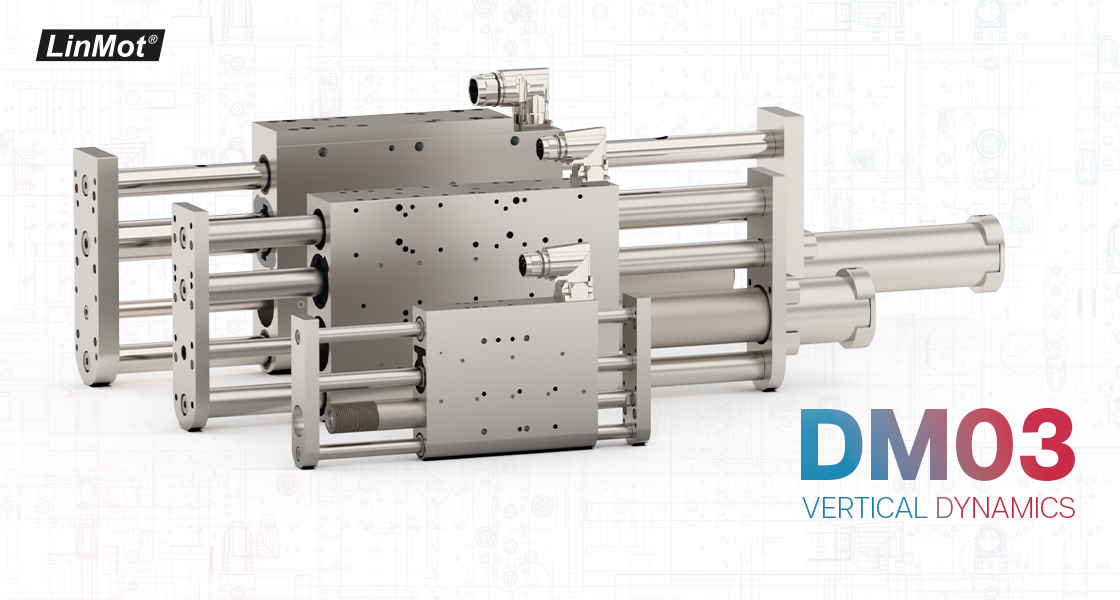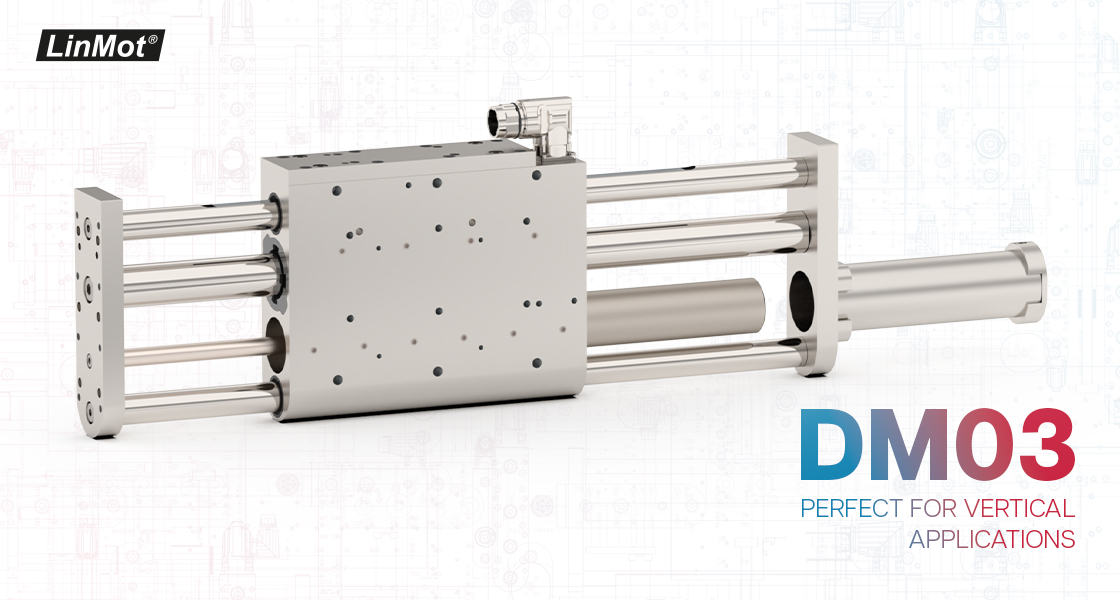Winning the race against time is not just the ambition of endurance athletes or sprinters. Mechanical and plant engineers also face this challenge. Here, however, the aim is to achieve the shortest possible cycle times for linear movements. How do you make labelling processes for packages of different sizes as fast and reliable as possible? And above all, how do you achieve this in vertical applications where the weight of the axis and the attached load constantly influence the process?

LinMot answered this questions more than 20 years ago with the revolutionary “magnetic spring” MagSpring®. Installed parallel to the linear motor, the MagSpring acts as an intelligent counterbalance to the weight of the axis. The MagSpring not only provides constant load relief, thus saving energy during operation, but can also ensure that the position of the linear motor does not change by itself in the event of a fault, or that the motor automatically moves to a park position when it is switched off.
It is only logical that the proven MagSpring has found its way into the new DM03 linear modules. As a significantly reinforced variant, it makes its contribution for use in demanding vertical applications.
The newly designed DM03 linear modules are packed with technology and features, yet remain incredibly slim. This drive solution combines the MagSpring mentioned above with a linear guide and a powerful linear motor of type PS01-23, PS01-37 or PS01-48. A force sensor and a high-precision absolute position sensor (BiSS) can also be integrated as options. If you think that the drives cannot be built compactly in series, think again. Thanks to the slim design and the rear-mounted motor connectors, the overall width of the largest DM03 linear module (DM03-48) is only 50 mm.
Thanks to a clever move by LinMot engineers to place the MagSpring inside the DM03 linear module, the user benefits from a newly designed magnetic spring that is significantly stronger than its predecessors. The MagSpring, which acts as a passive counterbalance for the weight, now generates a holding force that is three times greater. As a result, the power consumption of the electric drive can be reduced and the acceleration of the axis significantly increased. This advantage was demonstrated in a labelling application. The vertical axis used here moves a mass of 0.5 kg and, thanks to its stroke of almost 700 mm, can apply a label to various package sizes and even envelopes. The entire stroke is completed in a record time of 300 ms.

It is easy to compare the two technologies, since the DM03 is often used for point-to-point movements with two end positions. But what about one of the most important criteria when comparing drives – energy consumption?
Here the DM03 comes out on top. This is due to the high efficiency of electric systems and the comparatively low efficiency of pneumatic drives. Compressors can only convert a small proportion of the energy they consume into useful power – the much larger proportion is lost as heat. A closer look at the process reveals another advantage of linear modules. It is only during the acceleration phase that the module does any real work. When the motor is at a standstill, the MagSpring supports the work, and when the motor is moving at a constant speed, it does not consume any power, except to compensate for friction. The kinetic energy generated during braking is converted into electrical energy in the motor (generator effect) and stored in the DC link capacitors of the servo drive, where it can be used for the next cycle.
If we make a concrete comparison between the two types of drive, the effects just described show a much higher potential for savings in favor of the electric linear modules. If we take the labelling application example above and assume a cycle time of one second with a load mass of 0.5 kg, the energy cost savings of the DM03-37 compared to a comparable pneumatic cylinder amounts to a whopping 5500 euros per year.